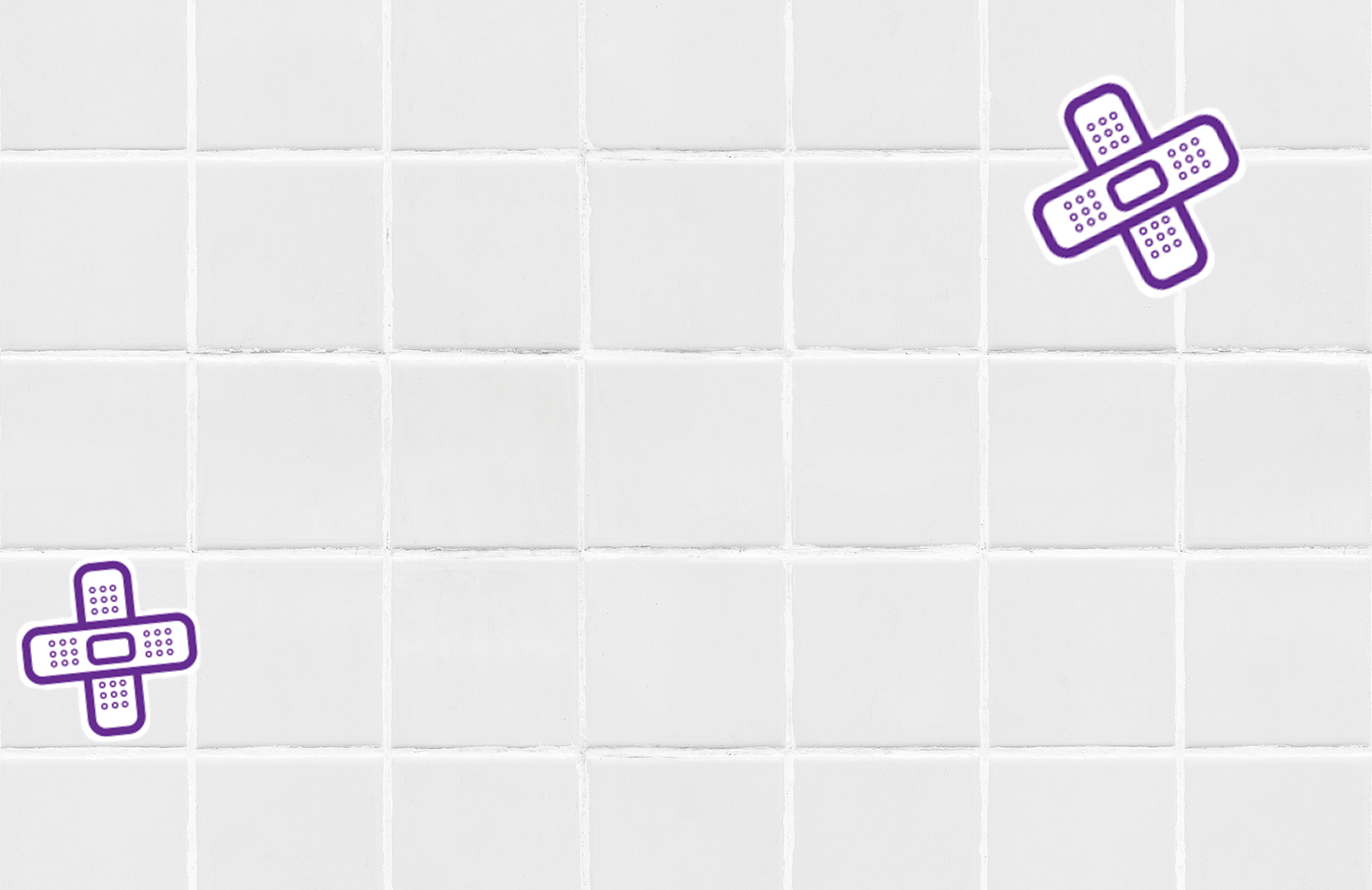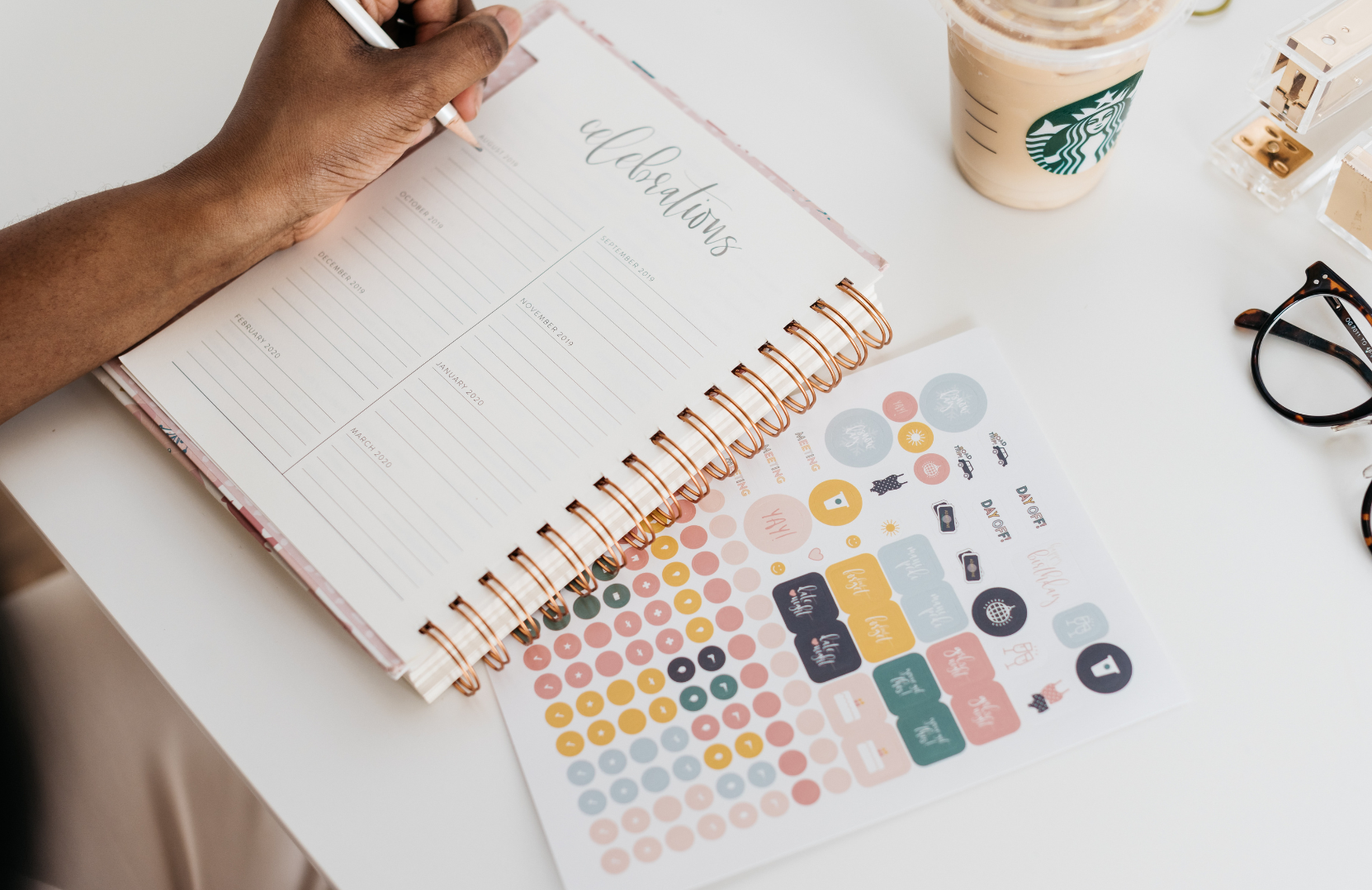Over this last year, a lot has changed, and it is fair to say that most everyone is more cautious now than ever before. Nonetheless, with all the hoarding of toiletries and non-perishable items, one thing that hasn’t been talked about near enough is the importance of having a first aid kit in case it is needed.
First aid kits can be extremely extravagant or relatively simple and can be purchased in several places, but it’s essential to keep in mind that not every kit is the same. Some kits that can be purchased are mostly bandages and alcohol, which are handy but not at all useful in an intense situation. Another thing to keep in mind is that there is a difference between a first aid kit and an emergency kit, which is helpful knowledge to have if you’re buying a pre-packaged kit online.
For the purpose of this How-To, let’s keep it to a mostly first aid kit. However, the last step will address other supplies to add to the emergency kit.
1. You’ll need something to store all your items.
Of course, you can buy yourself a fancy first aid bag that can run you up to $80 on canadiansafetysupplies.com, but as long as everyone in your home knows which container is designated for first aid and where it is, any zip-up bag will do. The best option would be a duffle bag with various pockets that can help you stay organized. Remember to pick a size that will give you enough space to fit everything you’re looking to keep on hand. First aid kits come in various sizes depending on how extensive a kit one might want, so it is essential to know how deep into the first aid black hole one wants to go when choosing the bag that will hold supplies.
2. Gather supplies.
Depending on the website, the lists can be quite different in various items; nonetheless, some are definitely required. The following is a list ranging from most basic to extras if a bigger kit is desired.
The basic kit, according to aboutkidshealth.ca, should include:
• Alcohol or antiseptic pads
• Bandages (various sizes)
• Cotton balls
• Cotton swabs
• Elastic bandages
• Hot and cold packs
• Medical tape
• Sterile water or saline spray
• Soap and hand sanitizer
• Sterile gloves
• Sterile gauze roll and pads
• Triangular bandages
• CPR mask with a one-way valve (this last one might be more helpful if one is CPR-certified)
Over-the-counter medications that are helpful to have in your kit:
• Acetaminophen
• Aloe
• Antibiotic ointment
• Calamine lotion
• Hydrocortisone cream (1 per cent)
• Ibuprofen
Other supplies:
• Emergency blanket (if you’re building a kit for the car, this is an important one)
• Flashlight and extra batteries
• Insect repellent
• Matches and candles
• Paper and pencil
• Safety pins
• Sharp scissors
• Splinting material
• Thermometer
• Tweezers
• Bottle of drinking water
• Basic pocket guide or first aid manual
3. Organize your items.
In your kit, organize your items in a manner that makes the most sense to you, and keep in mind that you will need different items for a home or car kit. For example, there may be no sense in keeping a blanket in the first aid kit you keep at home, where you already have plenty of blankets, but it is essential in the car. The same goes for items such as tweezers or thermometers, which most people have in their bathroom already but don’t usually keep in the car.
4. Pick a spot.
It is crucial to pick an easily accessible and permanent spot so that everyone in the home always knows where the kit is. You may want to choose a centralized closet or cabinet that is easy to reach in an emergency at home. In the car, you may want to keep it in an easy to get place such as under a seat. The trunk might seem like a good place, but a trunk may become impossible to open in an accident.
5. Emergency or natural disaster kit.
A first aid kit is meant to assist in a medical emergency, or in the instance of a car kit, it can also help keep someone alive if there is an accident or breakdown. However, other situations may arise where you may need more; this is where an emergency or natural disaster kit might help. It is also the thing that end-of-day preppers have been screaming about since the dawn of days. Although this How-To is geared at a first aid kit, according to redcross.org, the following are a few extra items you may want to keep in case of an event such as a natural disaster:
• Water, two weeks’ worth at home or three days in an evacuation situation (one gallon per person per day)
• Food, two weeks’ worth at home or three days in an evacu ation situation(non-perishable items that are easy to cook, especially if electricity isn’t an option)Flashlight (hand-crank or solar are great options)
• Battery-powered or hand-crank radio (NOAA Weather Radio, if possible)
• Extra batteries
• Medications (seven-day supply) and medical items
• Multi-purpose tool
• Personal hygiene items
• Copies of personal documents (medication list and pertinent medical information, proof of address, deed/lease to home, passports, birth certificates, insurance policies)
• Family and emergency contact information
• Extra cash
• Emergency blanket (which you should already have in the car kit)
• Map(s) of the area (in case your cell stops working)
Also, keep in mind items for pets or children if you have any.
Whether you build an elaborate kit or a small one is entirely up to you and how far you want to go. Kits like these are meant to be an insurance policy that is there if you need it though you hope you never do. Just remember it’s not the size of the kit that matters; it’s the peace of mind it brings you.





0 Comments